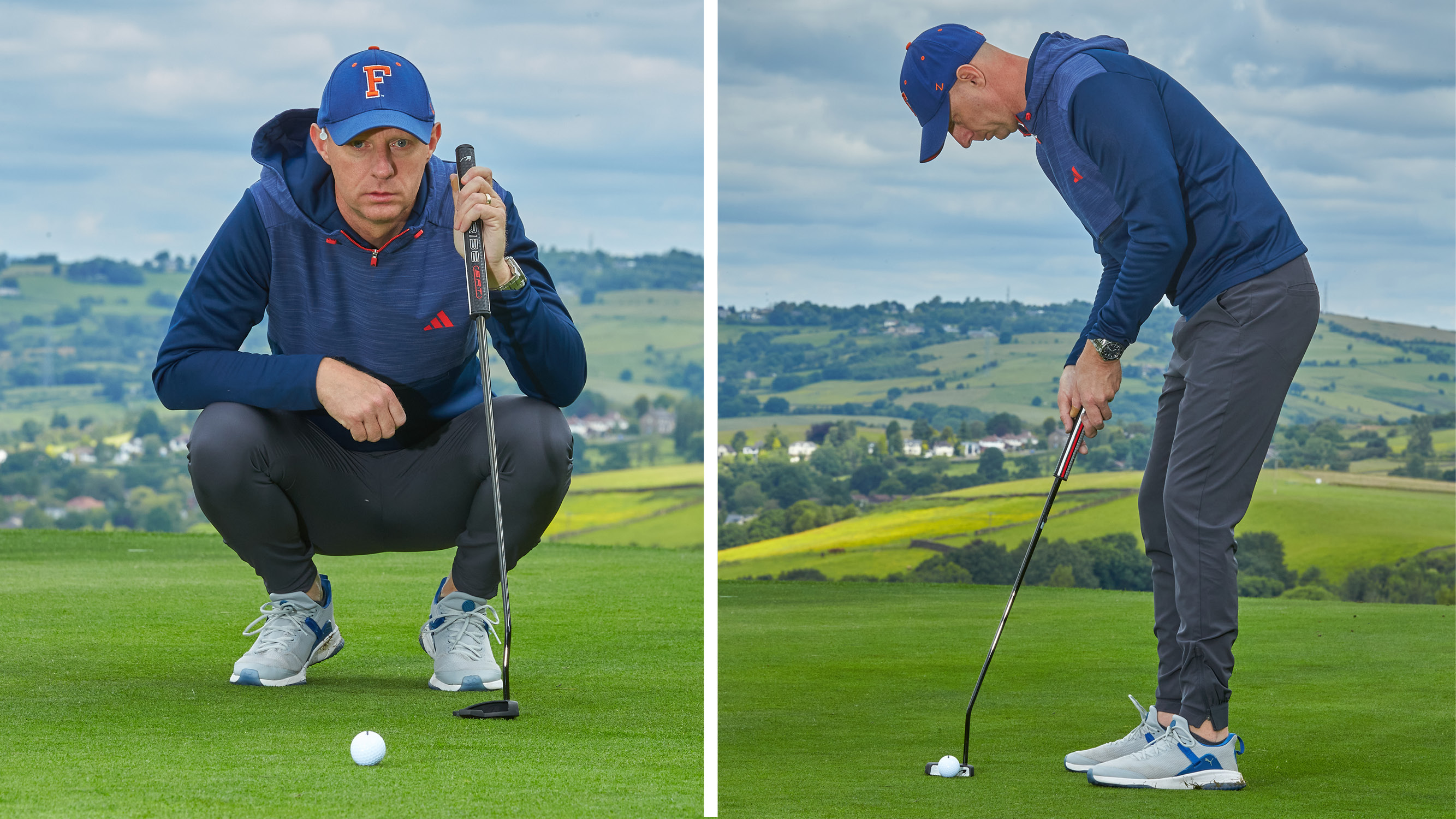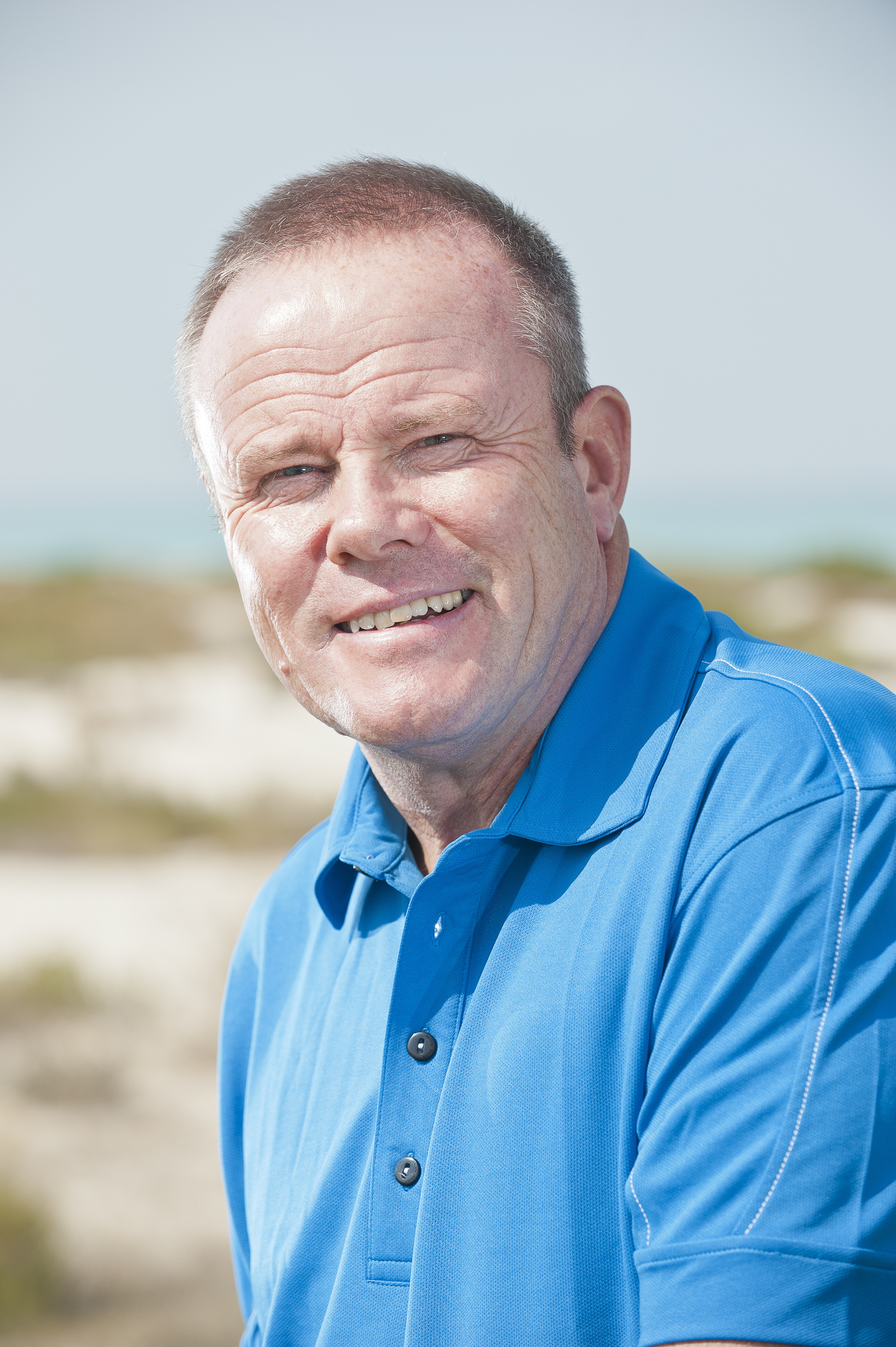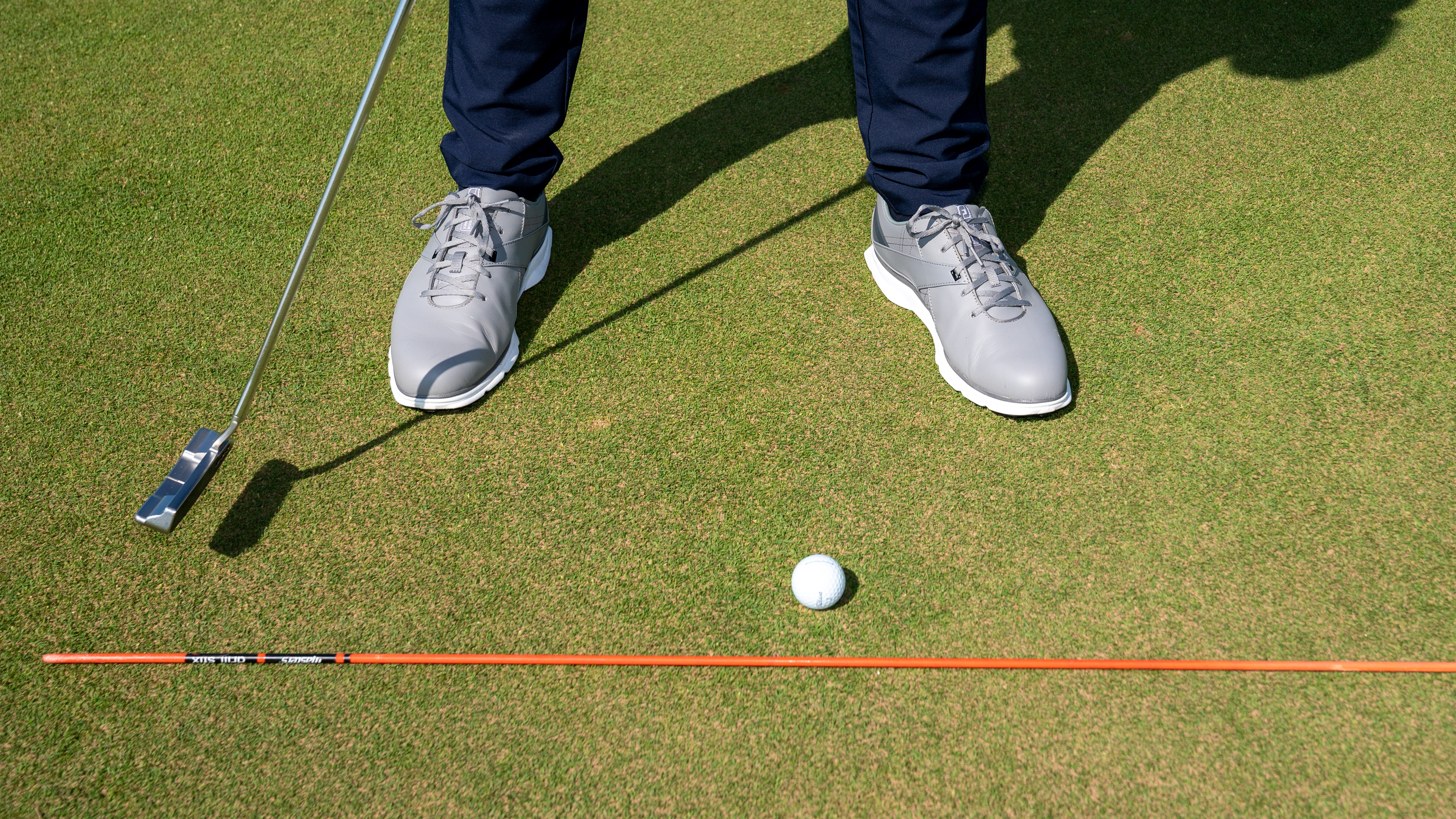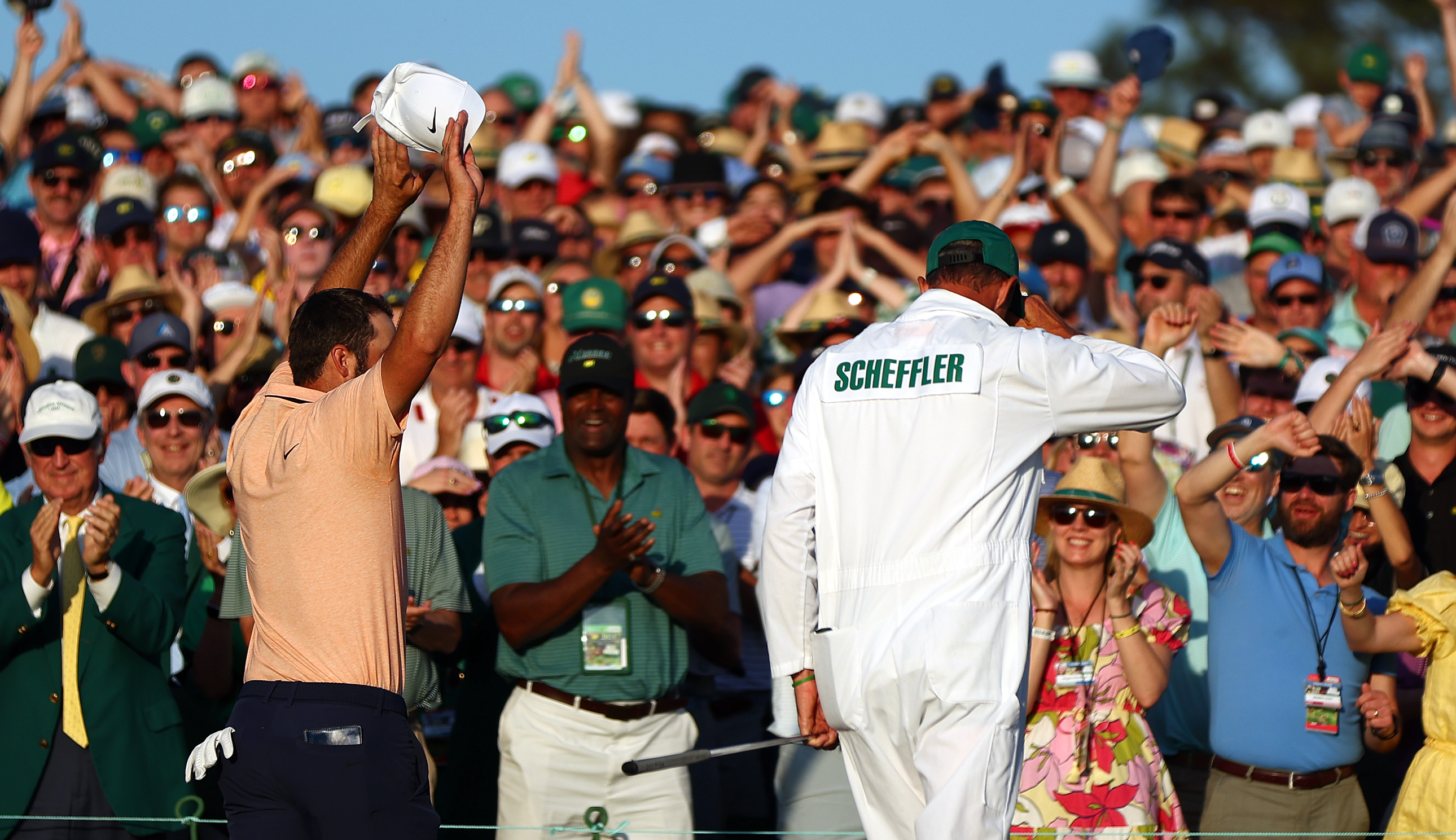Putting Tips For Beginners
Receiving the best putting tips for beginners is a great way to rapidly improve in one of the most crucial areas of the game, and our expert coach can help you!


All golfers were once beginners in the game, and many experienced players will tell you that putting can be one of the trickiest skills to perfect.
Having access to the best putting tips and putting drills will make a huge difference to your progress, but you could also go one step further and invest in one of the best putting mats or putting aids to take your practice mobile and maximise your opportunities to put in the hard work.
In order to guide anyone who is just starting out in this magnificent game, we asked Golf Monthly Top 50 Coach Gary Allis to share his best putting tips for beginners...
Putting Tips For Beginners: Set-up
The first fundamental aspect you must get right is set-up, as if you allow bad habits to embed themselves at this stage you will always struggle – even with one of the best putters on the market in your hands.
The idea is to make contact slightly on the upstroke of your swing, which can be made easier with the correct ball position. Set-up with the ball a fraction forward of centre, in line with your left eye.
You can check this easily by holding the ball in front of your left eye in your set-up, and dropping it towards the surface. This will give you a great indication of rough ball position for the putting stroke.
Meeting the ball with the putter at the correct point in the swing will promote solid contact and a better roll, allowing the ball to start on the correct line and help you to control your distance better.
Get the Golf Monthly Newsletter
Subscribe to the Golf Monthly newsletter to stay up to date with all the latest tour news, equipment news, reviews, head-to-heads and buyer’s guides from our team of experienced experts.
Stroke length
A common mistake beginner golfers make when putting is around stroke length. I see plenty of new players make the backstroke much longer than the follow-through, causing a deceleration through impact. This makes it very tricky to judge distance accurately, and can lead to costly 3-putts or worse.
There is a simple fix, however. Place a tee just outside your right foot and the other around double that distance outside your left foot (as shown in the video).
Hit some putts by taking your swing to these markers on the way back and through, and forget about the hole for a second. This drill focuses on improving your stroke length, which will ultimately help you to sink more putts when we bring the hole back into play.
Rock the shoulders
One of the keys to putting is that the club is controlled by a rock of the shoulders and not by a flick of the wrists or a separation of the arms and the body. In order to keep the arms, shoulders and wrists in unison, you should try practising with something tucked under both arms, such as an alignment stick or a towel.
By simply rocking the shoulders, the stick or towel will stay in position, allowing your body to move as a cohesive unit for more consistency.
Know your stroke
Identifying the type of stroke you have will also help you work out how to choose a putter that is suited to your game. A great way to do this is to put two tees in the ground about four feet apart, and either balance an alignment stick on top of them or tie a piece of string around them.
Place your putter underneath this line and make some practice strokes. It will be very clear to see whether your stroke tracks straight back and through, or if it has a slight arc or strong arc.

Working out your stroke type will help you choose the right putter
The result will highlight whether you need a toe-hang or face-balanced putter, or something in between. If you have a straight-back-and-through stroke, a face-balanced putter would be best; if you have a stroke with a slight arc, you're better with a mid-hang putter; and those with a strong arc will benefit from a toe-down putter.
If you've done this test and you're still unsure, ask a PGA pro to help you find a make and model best suited to your game.

Location: Various (south coast)
Gary began his PGA training at Trevose, where, in 1983, he became head professional. In 2005, he joined The Belfry, where he managed a team of 35 PGA professionals. He's travelled the world several times over, working extensively in Slovakia, Ghana and Israel, and from January 2022 he will be will be taking over his father's position as patron of England and Wales Blind Golf Society.
Teaching philosophy:
Sound fundamentals. Aim and alignment, grip where the hands work together; good posture to promote balance; and set a sound swing plane. The game is about moving the ball forwards. The ball doesn't know who's holding the stick - all it knows and reacts to is impact. Get impact correct consistently and you can play golf quite well.
Greatest teaching influence:
My grandad, Percy. He taught me to play and a great deal of what I learned from him in the 1950s I still tell pupils today. And John Jacobs and Alex Hay, both of whom delivered the message in simple language. They were excellent demonstrators and wonderfully articulate.
Greatest success story:
A lady (Valerie Stock) came to me fearing she'd never see her husband during their retirement if she didn't learn to play. She booked two lessons per week for three months, but she just couldn't hit a ball. Suddenly she stopped coming. Four weeks later, and after practising in her garden, she rebooked - and sure enough she could play. Before we could progress, she emigrated. Three years later, Valerie walked into the golf shop and told me she was playing off 19, saying everything I told her just took a long time to process!
-
 How Much The Winning Caddie Will Make At The 2025 Masters
How Much The Winning Caddie Will Make At The 2025 MastersThe Masters has seen a significant boost in prize money for 2025, with the Green Jacket winner, and his caddie, set to secure large paydays in Georgia
By Matt Cradock Published
-
 Who Is Bob Rotella? The Man Behind Rory McIlroy’s Masters Run
Who Is Bob Rotella? The Man Behind Rory McIlroy’s Masters RunMeet the person who has become an important member of McIlroy's close team
By Michael Weston Published